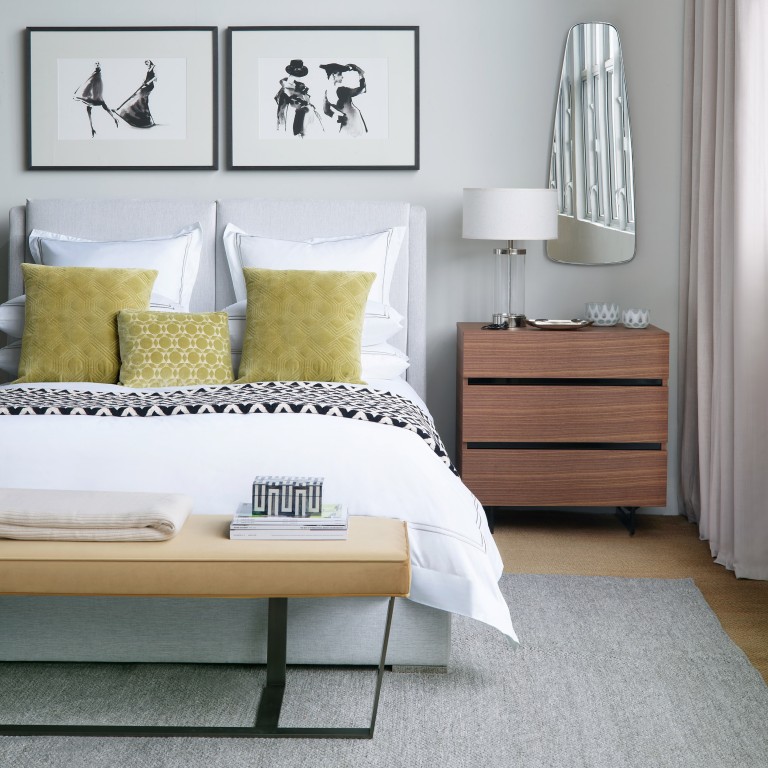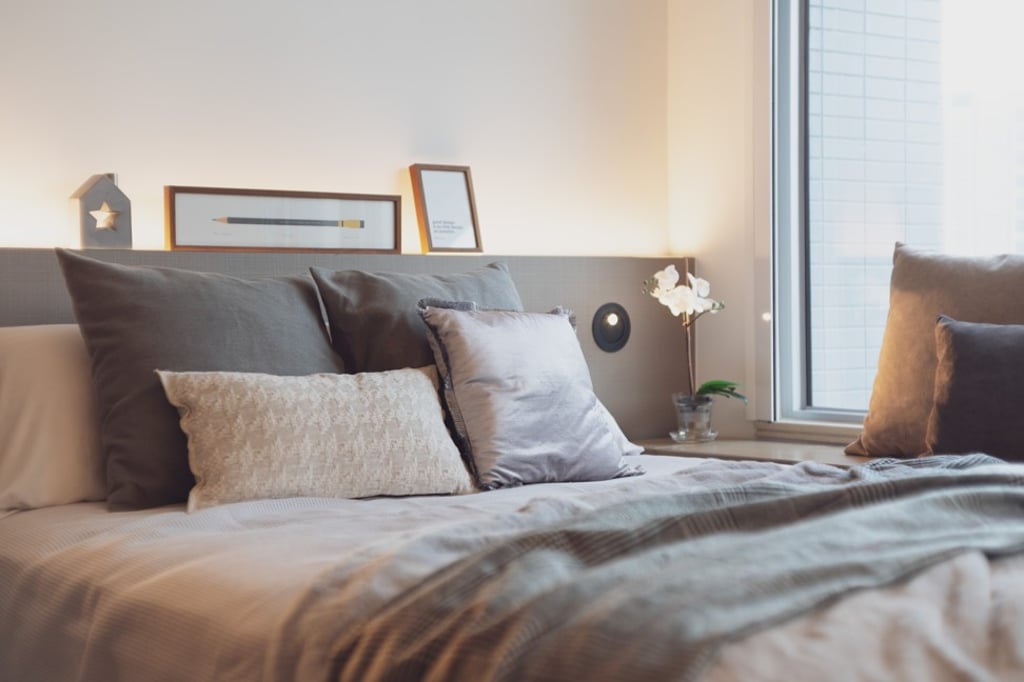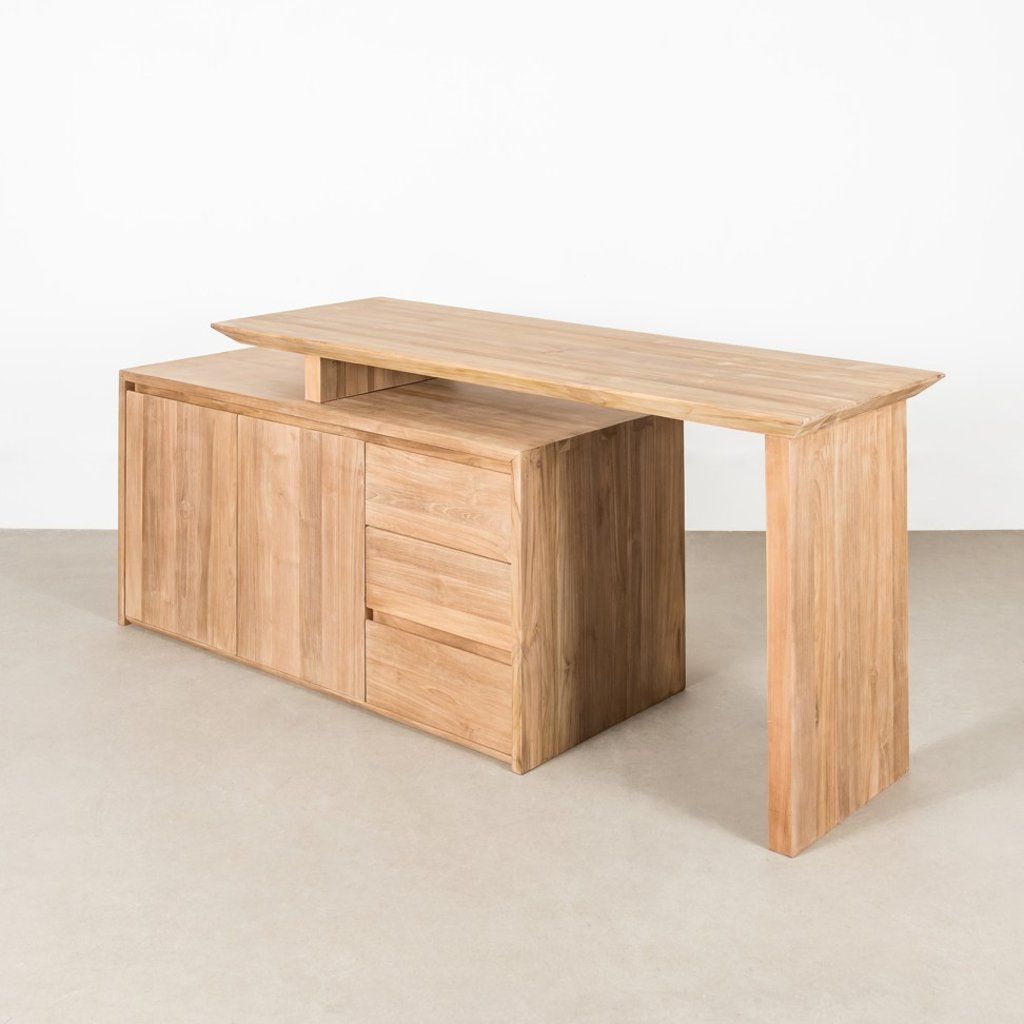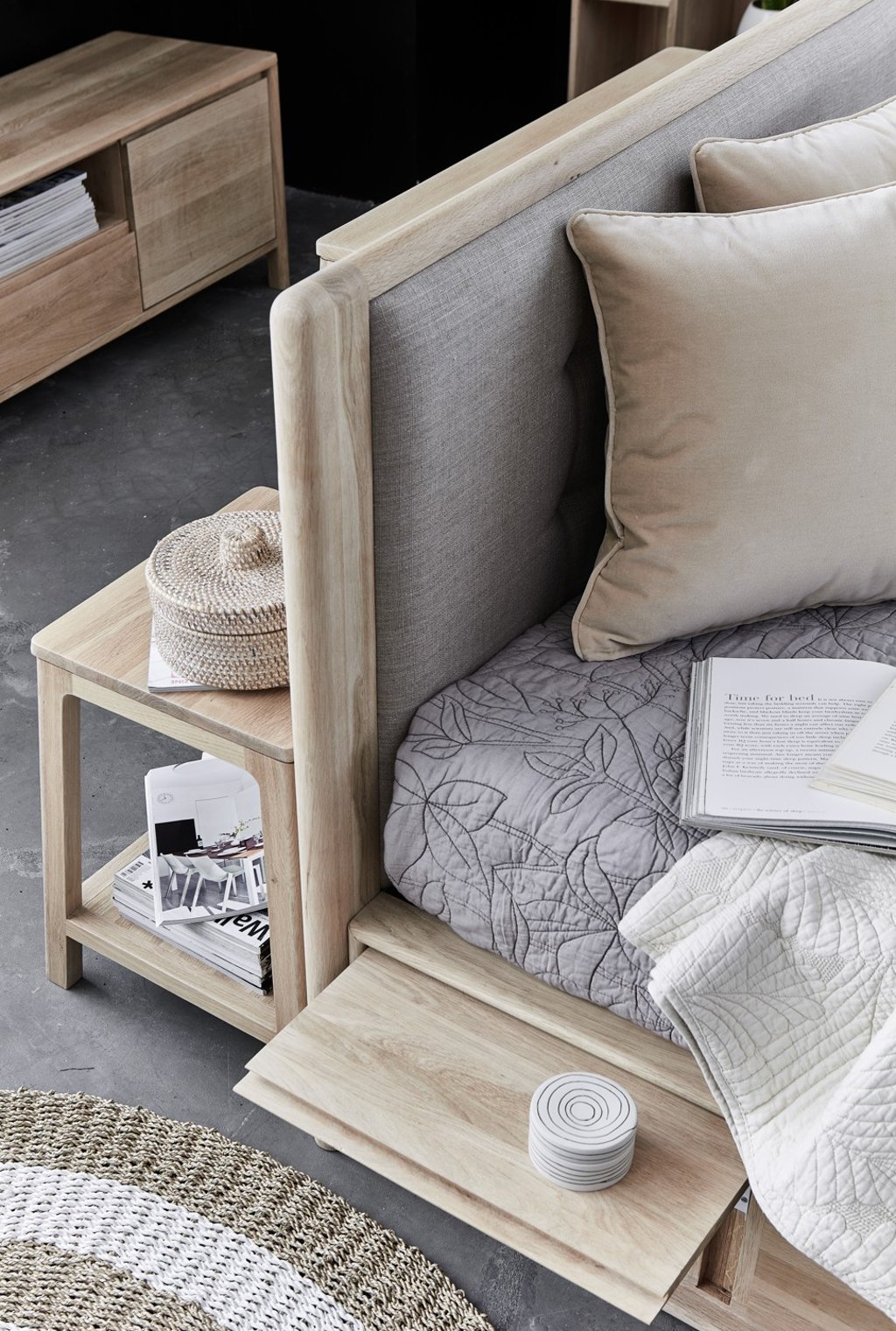How sustainability and environmental concerns will dominate bedroom design in the 2020s

Using elevated furniture makes interiors lighter and frees up more floor space to make the room seem bigger
Comfort, simplicity, multifunctional furniture and eco-consciousness will be the cornerstones of bedroom design in 2020. John McLennan, founder of Indigo Living, says we’ll see more padded headboards such as the brand’s Whitney, and storage beds like the elegant Carlton, and expects soft greys and warm off-whites to be the dominant colours next year.
“Texture and layering will also be important, so seek out tactile, big weave throws and pile these with different-sized pillows in a relaxed, non-perfect way,” he says.
Clifton Leung, of Clifton Leung Design Workshop, believes bolder, geometric-shaped headboards such as the Moon model from Savoir Beds are also now catching on.
Lately, Leung has also had clients asking for full-length mirrors, tatami flooring and elevated beds and cabinetry. “When you elevate furniture, interiors appear lighter, and you free up more floor space so the bedroom feels bigger,” says the interior designer.
Dan Lee, interior designer, and co-founder and director of the OVO Group, foresees an increase in sustainable and natural materials for bedroom furniture and bedding, as well as minimalistic, modular designs such as OVO’s Couleur dressing table and modular storage systems. “Evolving behavioural trends for homes around the world have spurred a demand for increasingly flexible, dynamic living spaces. With the growing need to limit waste, modular furniture is becoming more popular in modern bedrooms,” he says.
With natural materials at the fore of 2020 trends, Kate Babington, managing director of Tree, says that multifunctional bed frames crafted from solid, sustainable wood will be more popular as they help conserve space, while adding a warm, grounding element. These include Tree’s Circa 17, which has a pull-out bedside table, and its Nordic II bed, which has built-in storage.


